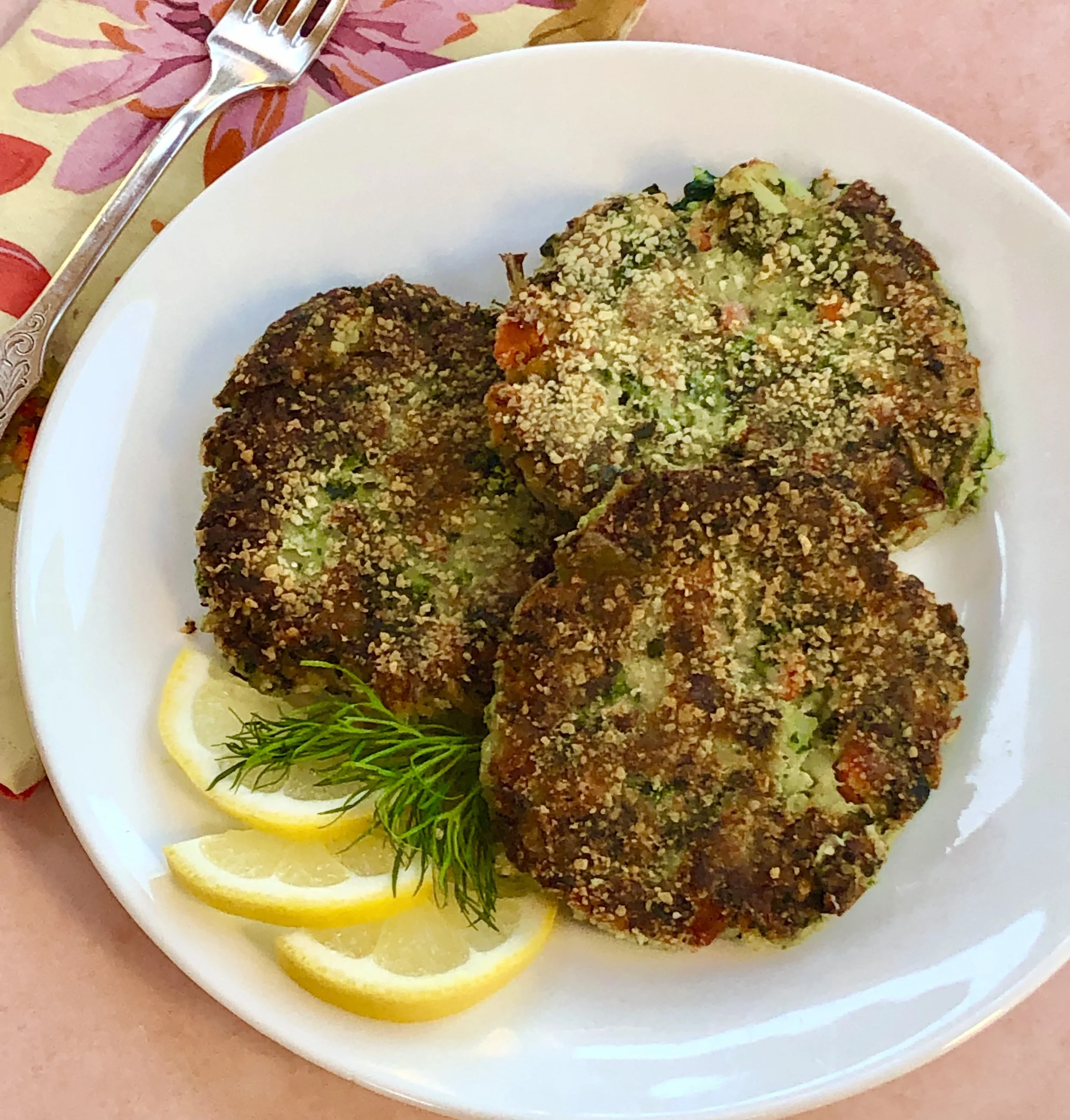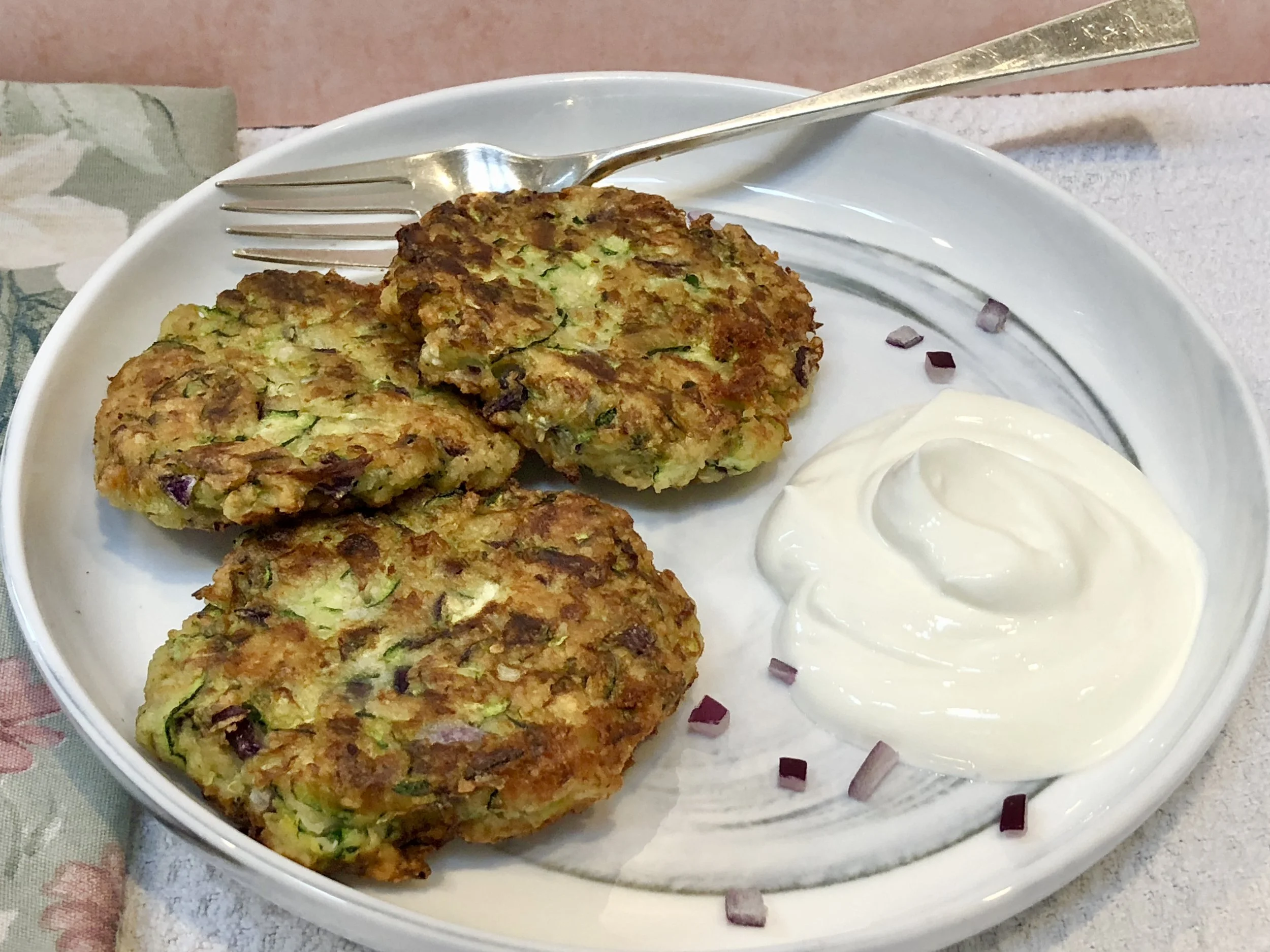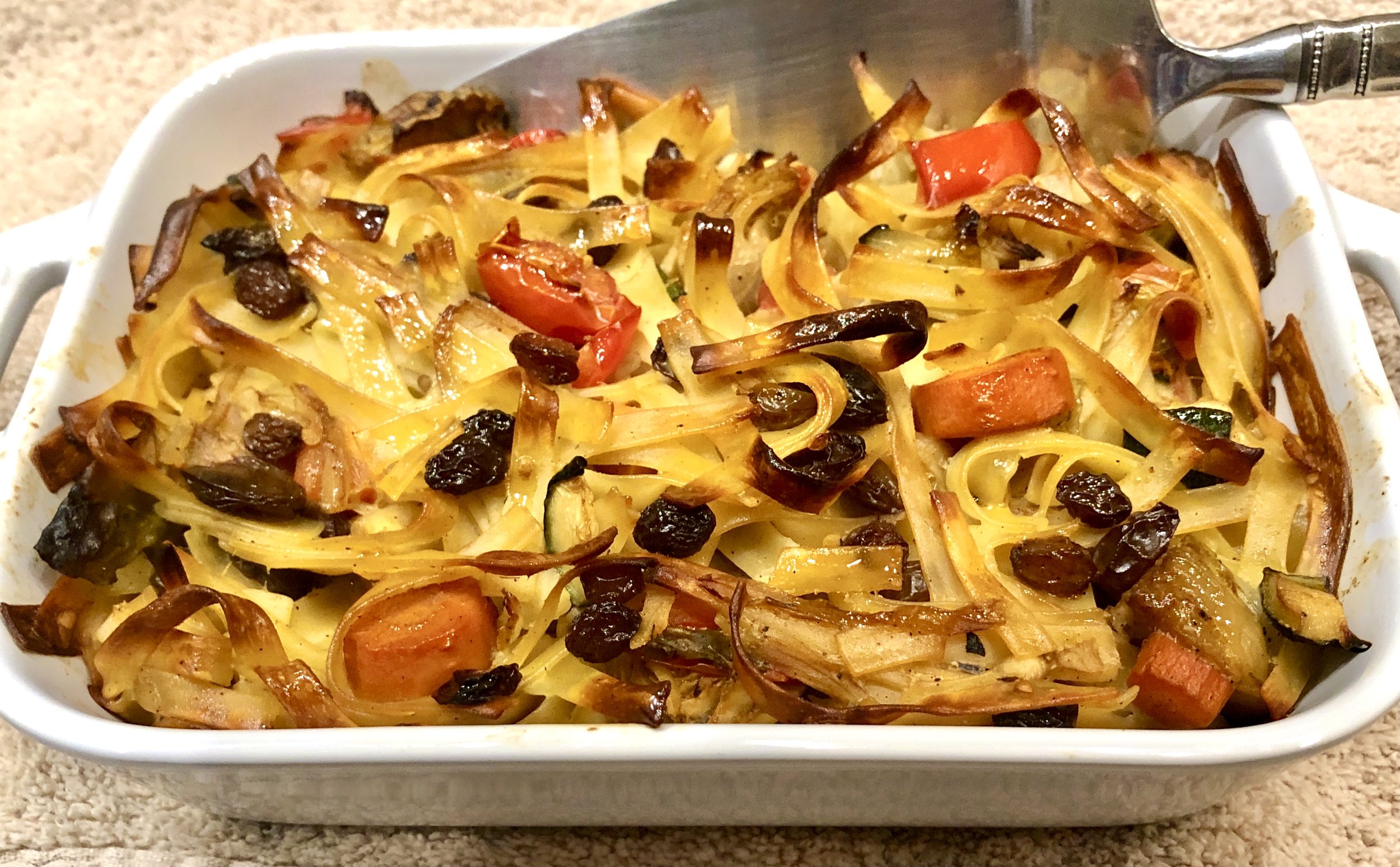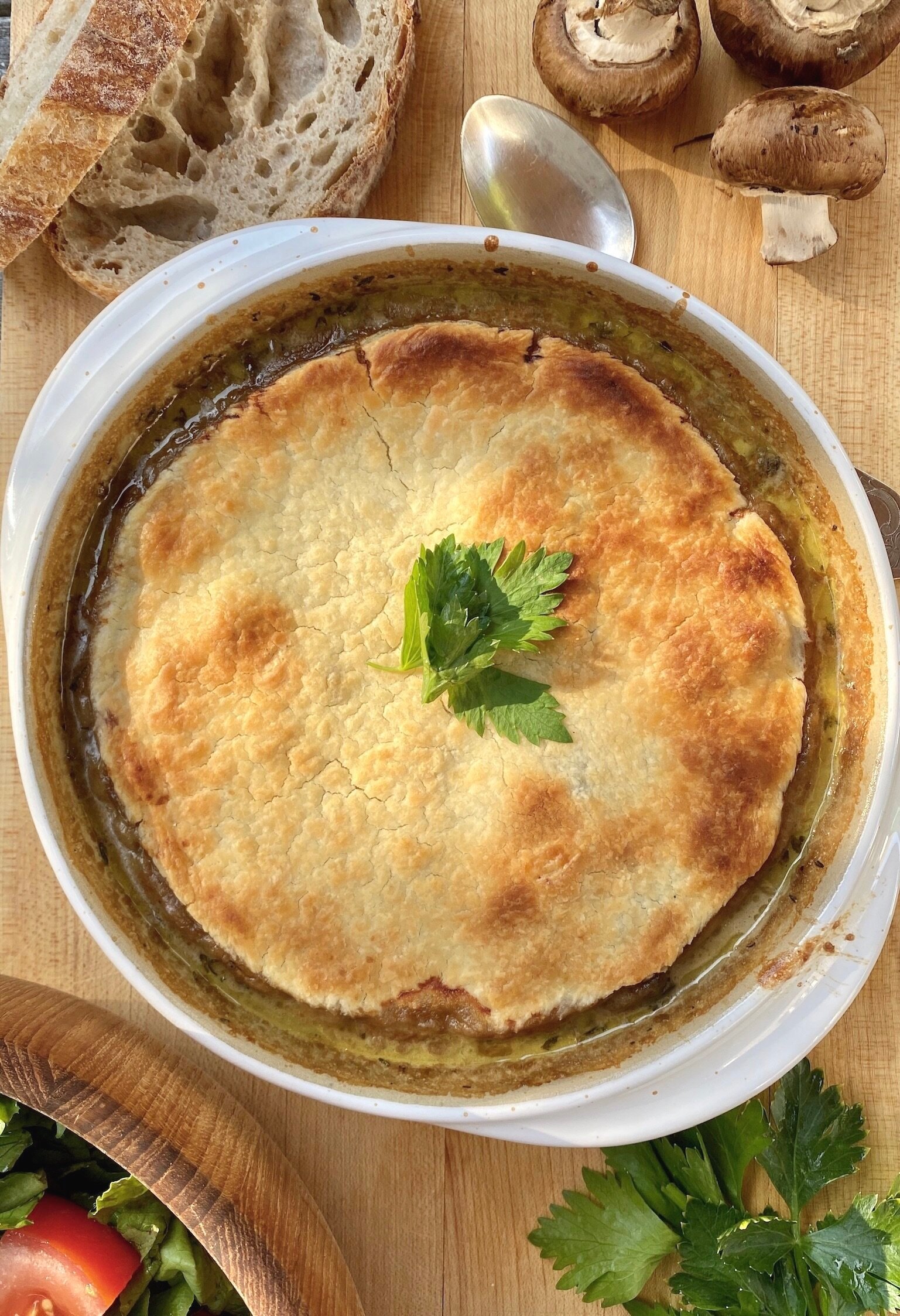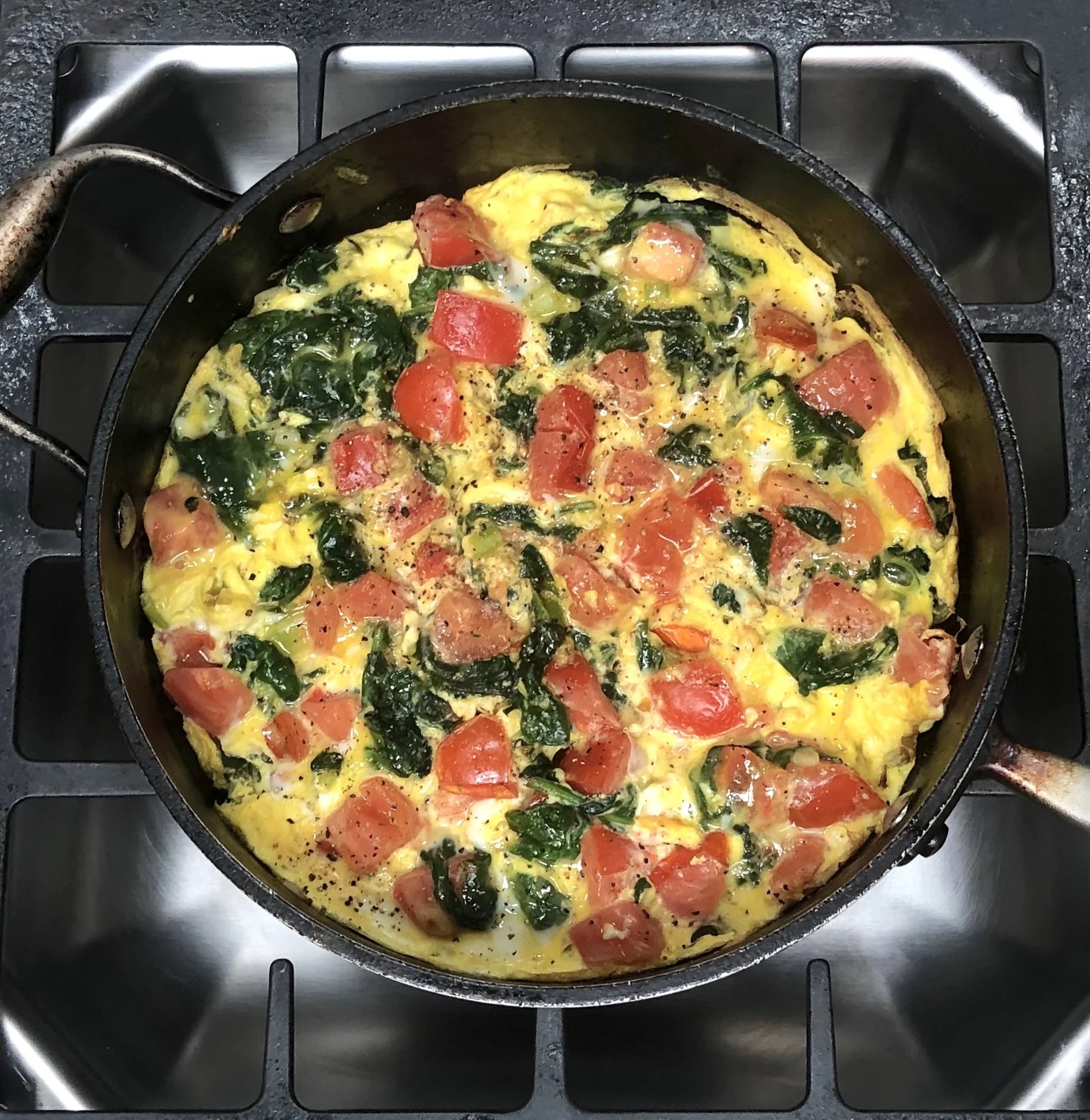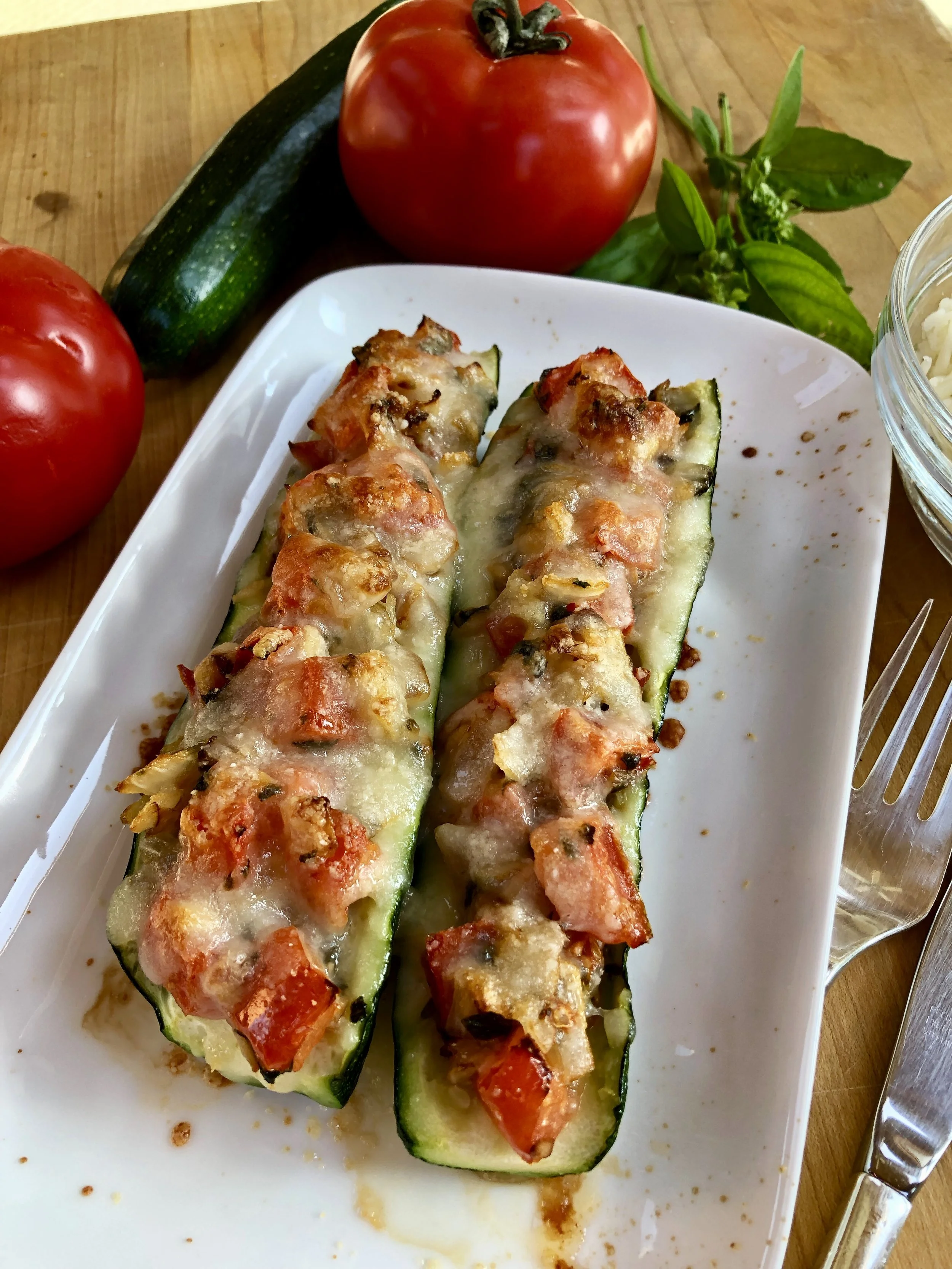So many people think ratatouille is an elaborate and difficult, time-consuming dish.
It doesn't have to be.
Sure, there are lots of vegetables to prepare. I do it all ahead and save the prepped veggies in containers or plastic bags in the fridge until I am ready to use them. The actual cooking is a cinch and doesn't take long at all.
This is a terrific side dish for Passover (it's parve). But I make this throughout the year. It goes with everything. Everything!
QUICKIE RATATOUILLE
1/3 cup olive oil, approximately
8 thick scallions, chopped
6 large cloves garlic, chopped
1 medium fresh chili pepper, deseeded and chopped
2 cups diced eggplant
1 cup diced red bell pepper
2 cups diced zucchini
8 large tomatoes, chopped
6-8 tablespoons chopped fresh basil
salt and freshly ground red pepper to taste
Heat 3 tablespoons olive oil in a large sauté pan over medium heat. Add the scallion, garlic and chili pepper and cook, stirring frequently, for one minute. Add the eggplant and bell pepper and cook, stirring often, for 4-5 minutes or until the vegetables have softened. Pour in the remaining olive oil and add the zucchini (add more olive oil if the vegetables start to stick to the bottom of the pan). Cook for 3-4 minutes, stirring frequently. Add the tomatoes and basil and cook, stirring frequently, for 12-15 minutes or until the vegetables are soft and there is little liquid left in the pan. Season to taste with salt and pepper.
Makes 8 servings

